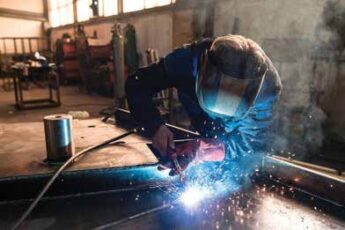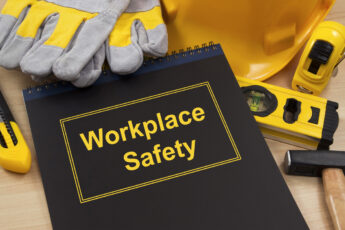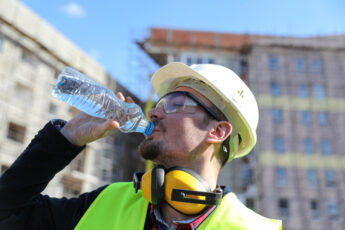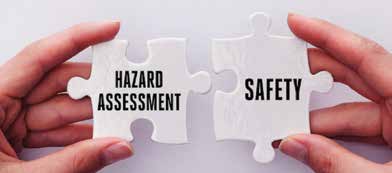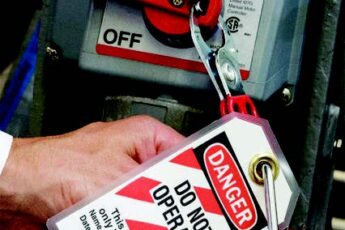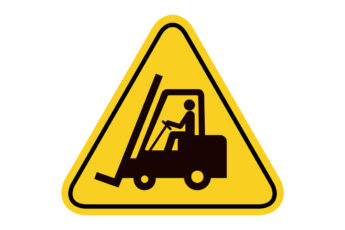By Donna Motley, Vice President of Claims
Summer is over, the kids are back in school. For the most part, vacations are over. Everyone should be settling down into their usual routine. Should that equate to fewer work related injuries? Probably not – because – the HOLIDAYS are upon us. Whether we partake or not, decorating for Halloween is becoming almost, if not, as big as decorating for Christmas! I’m sure you have seen the lawn decorations that stand as high or higher than your house. Following Halloween is Thanksgiving – not very much by way of decorating, but good food and football come into play, as well as raking leaves. Then Christmas or Hanukkah – which usually comes with a serving of snow shoveling. We are probably using a different set of muscles than what we used during the summer months which can lead to work injuries.
Daylight Savings Time is still in effect. We will be going to work in the dark and coming home from work in the dark. Daylight Savings along with the change in weather has an impact on our sleep patterns. Dark, cloudy days, colder weather and lack of sleep can lead to depression. Which, in turn, can lead to work injuries.
As an employer, you might be hiring seasonal help or maybe you are currently short staffed following the after effects of the UAW strike. Hiring new employees, bringing people back to work following a lay-off, or having to require your employees to make up for absent workforce, adds additional strain. Maybe you are only couch surfing on the weekend – again, you will have to use different muscles than previously utilized in the summer.
All of the above can contribute to, or cause, work related injuries. Does the change in seasons also have an impact on your business – are you busier or slower? Look for possible trends in work related injuries. Not to be forgotten, Michigan hunting season begins in September and continues through December! Pay particular attention to those Monday and/or Friday injuries!

